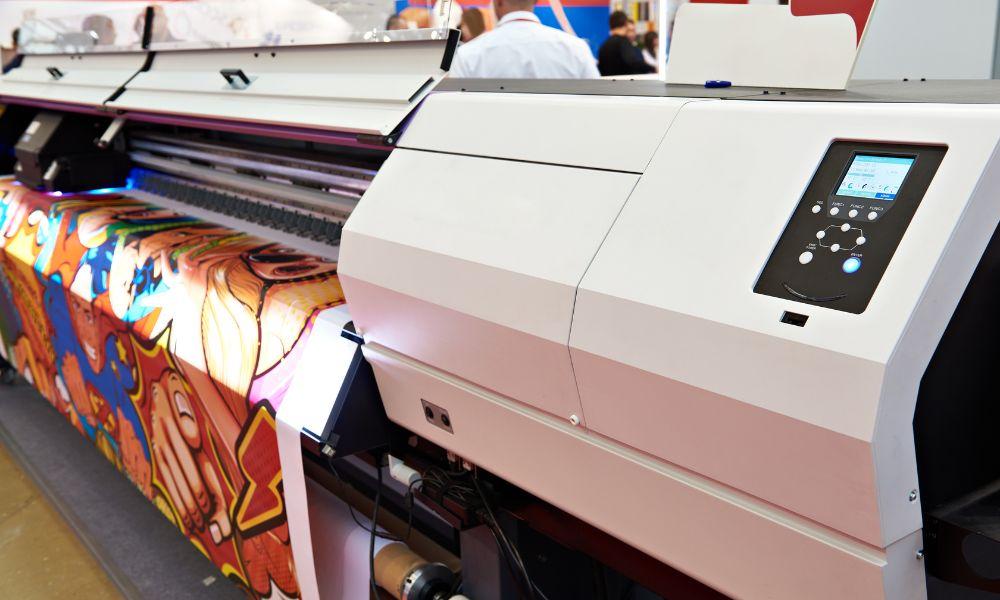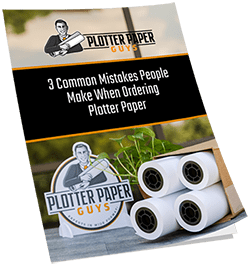Large format printers are undoubtedly big purchases, and just like any other big purchase, you want to make sure you get your money’s worth. Generally, large format printers can last about three to six years. However, the only way to get it to reach the latter end of its lifespan is to perform fastidious maintenance. To help you achieve this goal, take a look at the best practices to maintain your large format printer.
Protect Your Printer From Heat and Humidity
Not only does humidity make your paper warp or curl, but it also tends to emulsify the ink in your cartridges. Excess heat can cause the moisture in your paper to evaporate into the surrounding air and cause the same issues with ink emulsification. Also, excess exposure to UV rays can damage the parts over time. The best way to circumvent these issues is to store your printer in a cool, dry place. This means finding an area that’s free from direct sunlight and in a well-ventilated, climate-controlled room.
Keep Your Printer Free of Dust, Debris, and Other Fibers
Dust particles, dirt, debris, and other fibers can affect the quality of your prints and make images look blurry and streaky and even affect color accuracy. Before you put in a new stack of paper, make sure you fan it out to get rid of any dust or fibers between the pages. You can also use an anti-static brush or compressed air to clean the print bed as well as any exposed fans or tubes. When your printer isn’t in use, it’s best to put a dust cover over it. This will keep any contaminants from finding their way into the machine.
Make Sure You’re Using the Right Substrate
A printing substrate is any surface you’ll print on and which ink will adhere to. The most common printing substrate is paper, but other substrates exist. These include materials like metal, cloth, plastic, foil, textiles, and many more. However, not every printer can print on every kind of substrate, which means you must thoroughly read your instruction manual to ensure you’re using compatible media. For example, if you’re using a plotter printer, you can’t just use any printer paper. You specifically need to use plotter paper. If you don’t use the right paper, you risk dealing with constant jamming and misfiring.
Regularly Check Your Ink Levels
Depending on how much you print, you may need to check your ink levels as often as once a week. Regularly examining your ink cartridges is the simplest and most effective practice that’ll help you maintain your large-format printer. Sure, dealing with empty ink cartridges can be frustrating, but it can’t damage your printer, right? This is a common misconception, as failing to replace your cartridge when it’s depleted can do serious harm. At best, you may have an inaccurate color output. At worst, you’ll damage your printhead and have to replace it entirely.
You shouldn’t go cracking open machine panels when you aren’t sure how to fix your printer. If you’re experiencing consistent printer issues or aren’t sure how to maintain your specific model, it’s always best to contact the original manufacturer.




